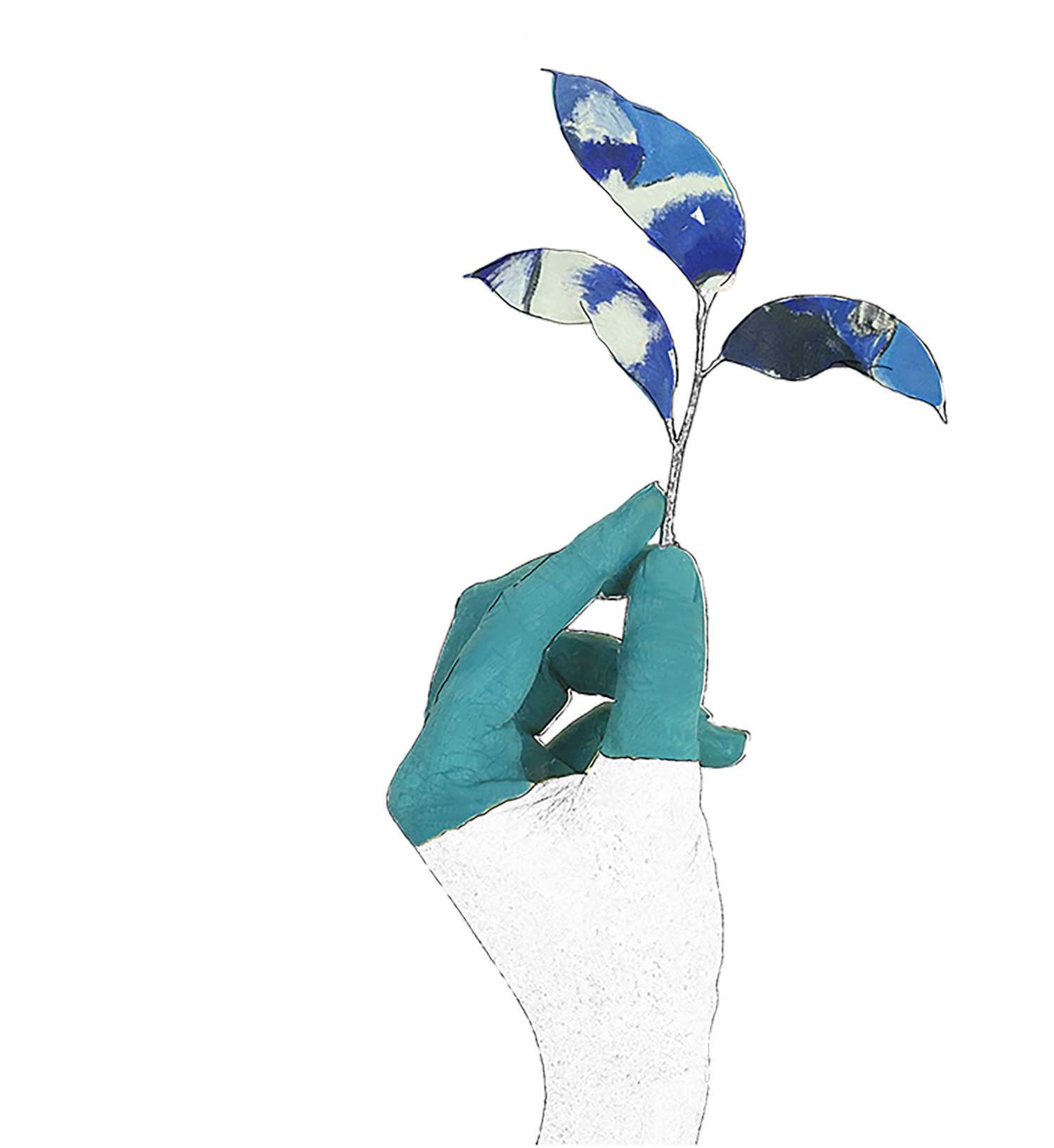finishing gilmore girls: musings on gender, queerness and contemporary dance
I have spent the last two years intently watching every single episode of the original seven series of Gilmore Girls (plus the four disappointing Netflix remakes). As soon as I finished, I flicked back to the pilot and started all over again.
I guess I was drawn in by the witty pop culture references, Rory’s sharing of my own passion for cereal bowl cocktails, or just the charming and dreamy life full of boys, donuts and Dolly Parton t-shirts which was quite easy to buy into.
I started to (probably quite inelegantly) pick at my own psyche. I guess I’m filled with disappointment that I have and continue to find so much comfort in these heteronormative and heavily gendered worlds in which I can immerse myself. I think ultimately, this only bites into my own insecurities and yet, ironically, maybe it empowers me in my own femininity. Maybe, for me, “coming out” about my love for this epic collection of stories of womanhood is a kind of therapy (Also, to remind myself that I am just as empowered by my feminism as my LGBTQIA+ activism).
I trained as a contemporary dancer and gender performativity feels like a huge thing the dance industry around me continues to buy into. Maybe I’m clutching at straws, but I feel like all the consumerist bollocks I’ve spent my life absorbing leaves this suffocating room in which because I’m never the Dean or the Jess or the Luke - I become lost. I’m encouraged to be proactive in my search for androgyny, trying to balance my muscularity and this languid sensual form – but I am also isolated by the many rooms I don’t belong in, owing to being more quietly queer but still distinctly ‘othered’ from a desirable masculine form.
I still feel we’re a long way from balancing this. As a young male dancer, I grew sick of “boys only dance” initiatives that felt like trying to make a ballet class feel like a rugby match. I didn’t need or want this testosterone. I was happy to be vulnerable, slow, refined. Likewise, I have since taught split-gendered (welcoming of trans or non-binary identities) dance classes and been shocked at the difference in behavioural patterns which stem from such an early age. Typically, the girls’ classes would be very well behaved: not often questioning, and less inclined to creative movement or input. When this shows up as early as 6 or 7 years old, I question why as teachers we are not facilitating change. 20 years on from these classes, at a point where we begin to identify the problems, I feel it is too late - and we have failed them. Undoubtedly, this is a bigger question of derailing structures of male privilege which they continue to be surrounded by - but I wonder if it plays a part into the lack of women in creative leadership roles.
I’m definitely not saying we need any less Gilmore Girls - maybe the question is how long we need to be tokenistic before we have equality. When there is enough conversation around the diversity of LGBTQIA+ experience, storylines might veer away from homophobia, transphobia and sexism. Certainly, in dance, I hope that maybe when we’re all (metaphorically) eating from the same beautifully sporadic cereal bowl cocktail, then spaces will just become more open to our diversity.

